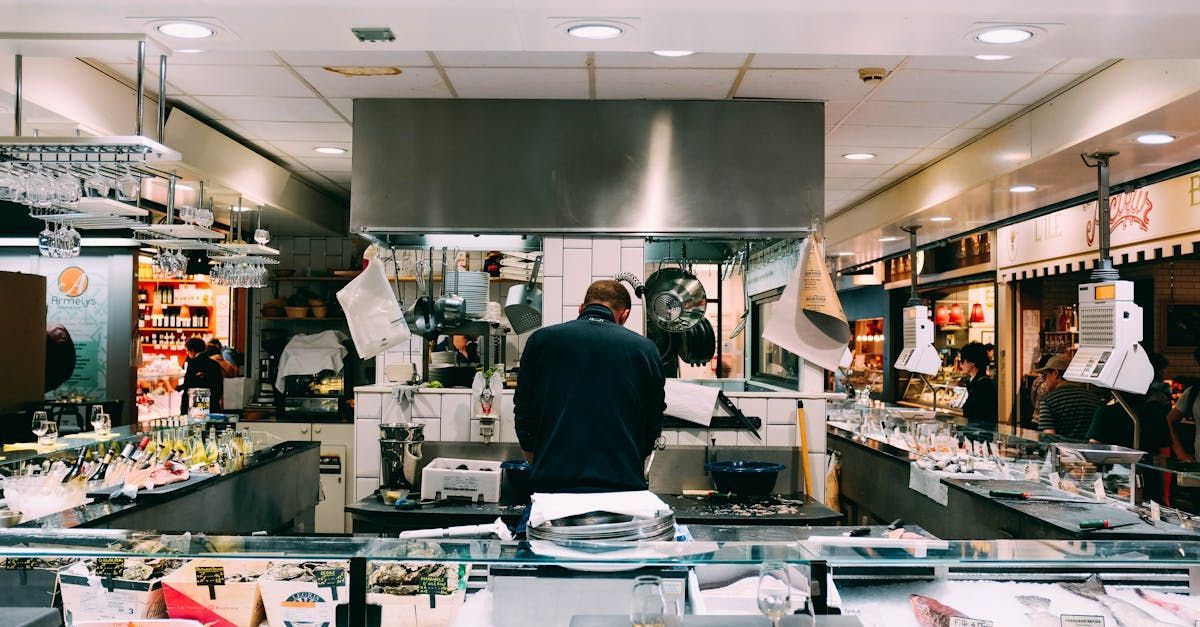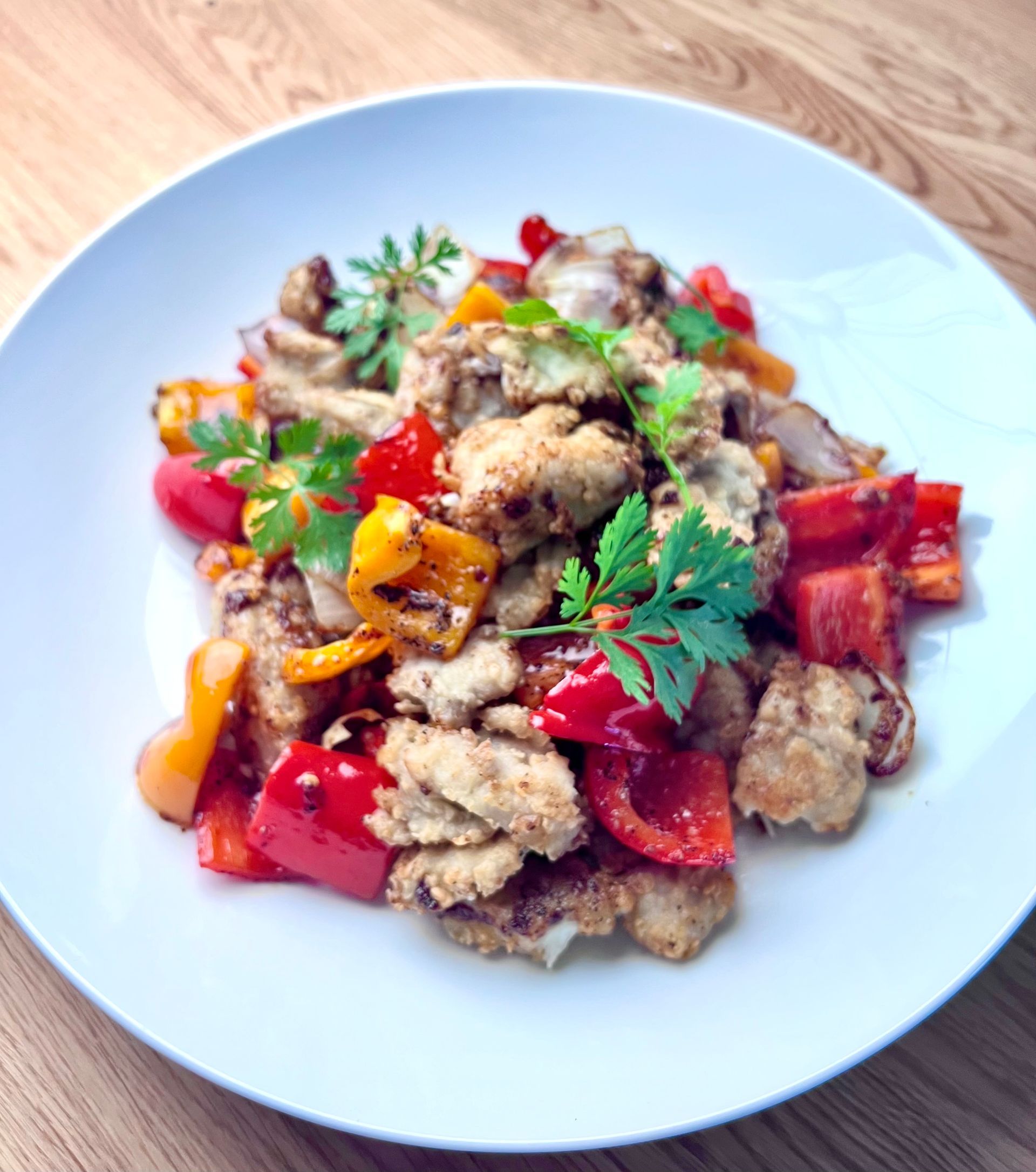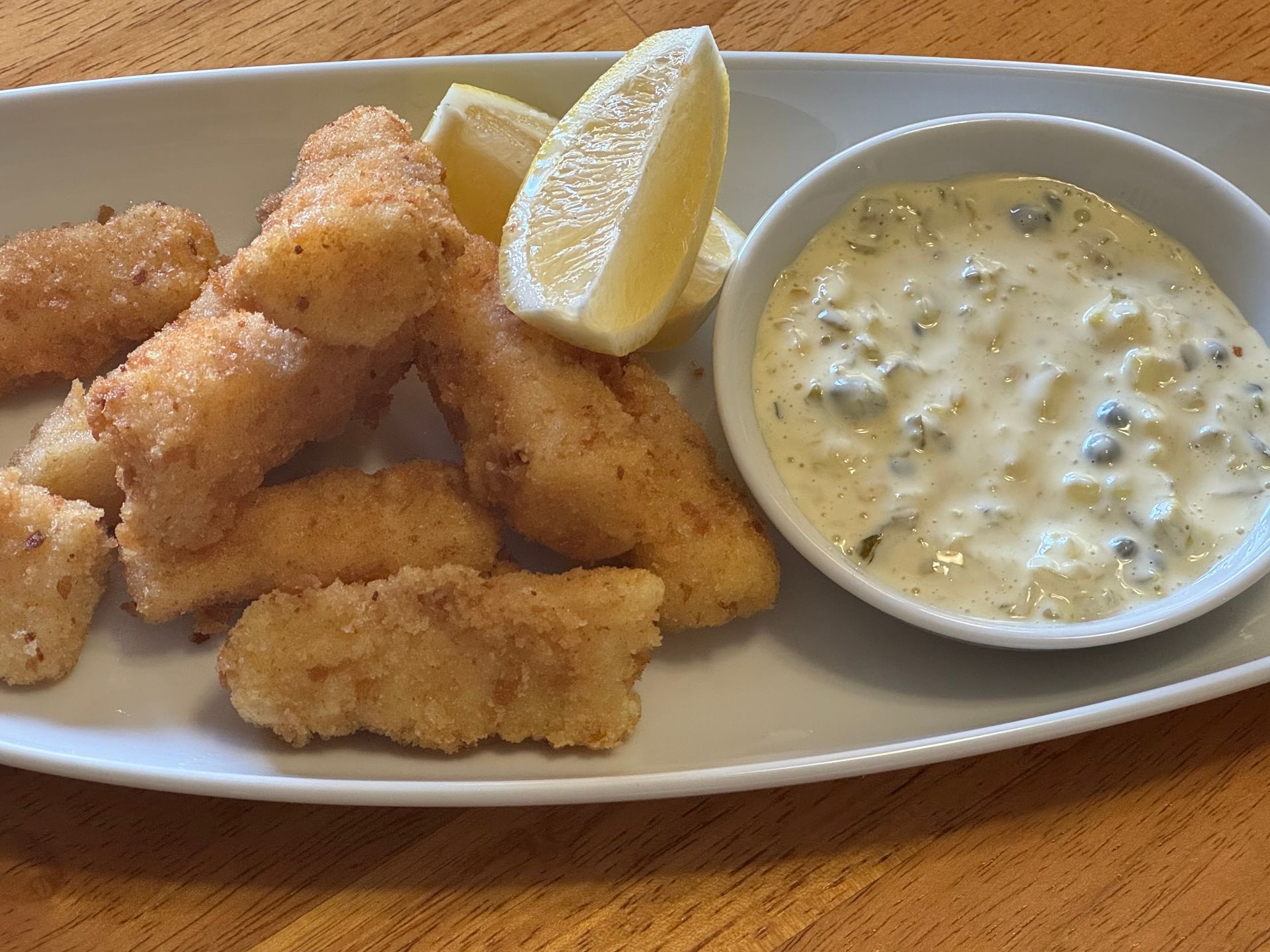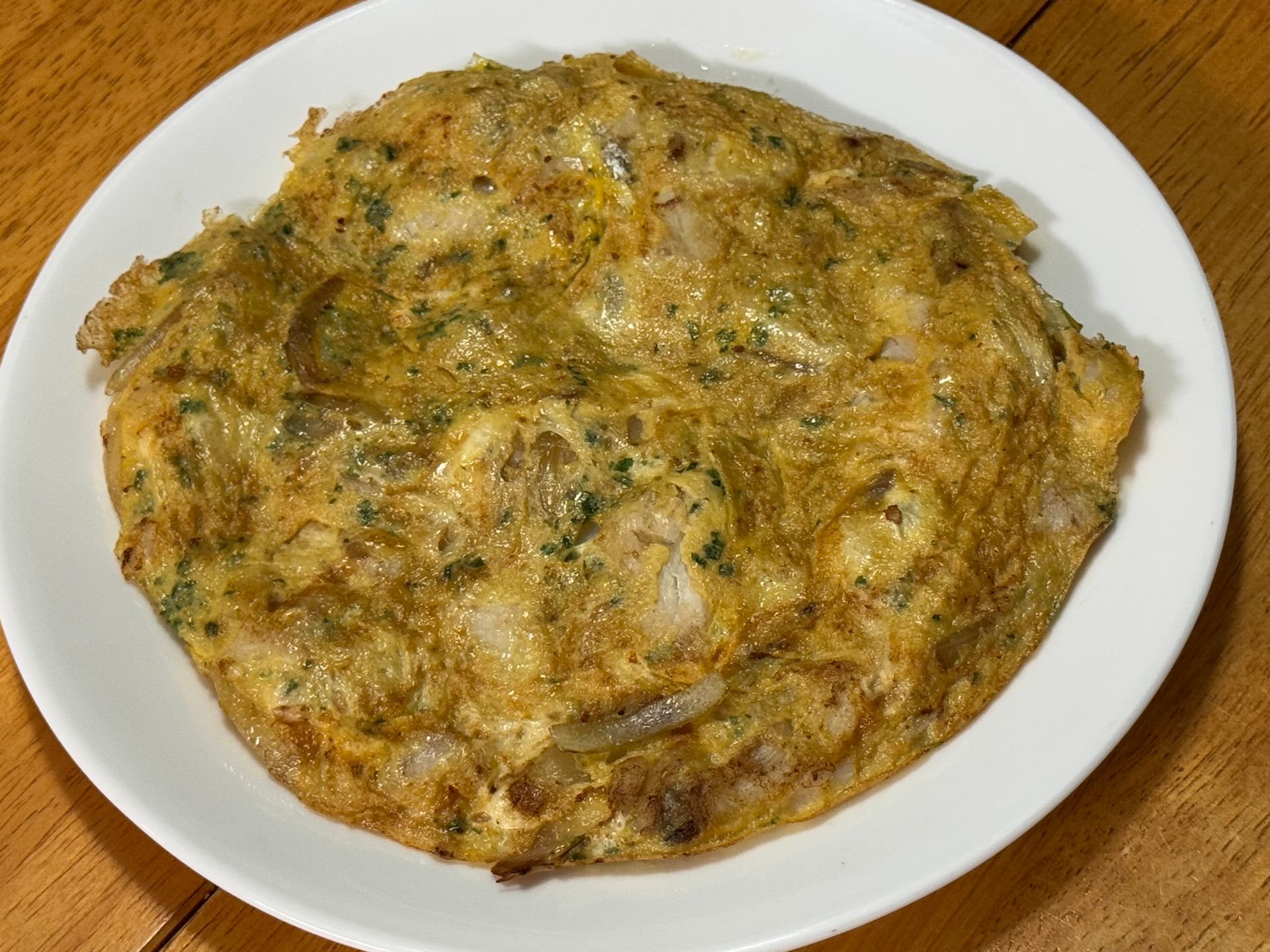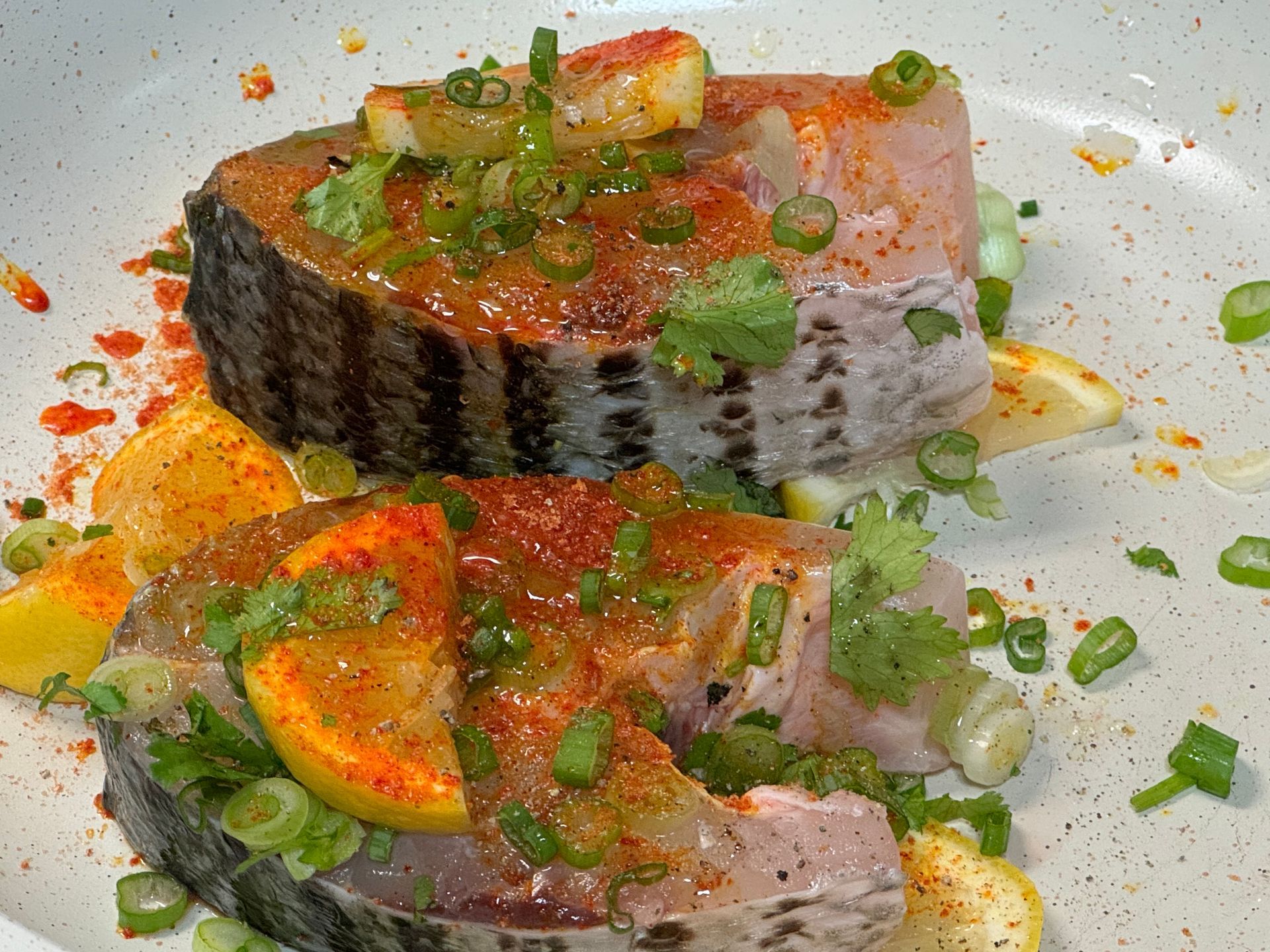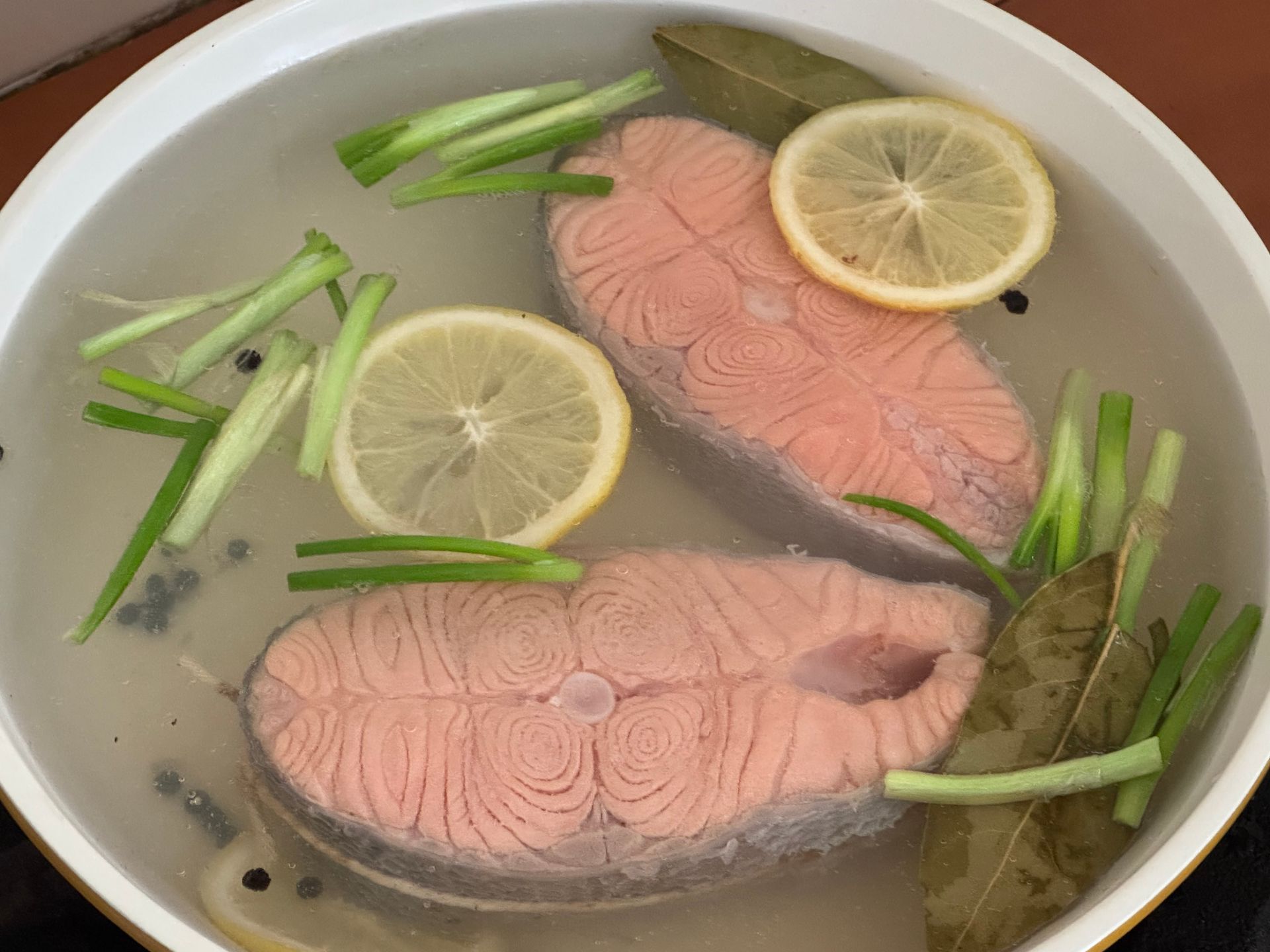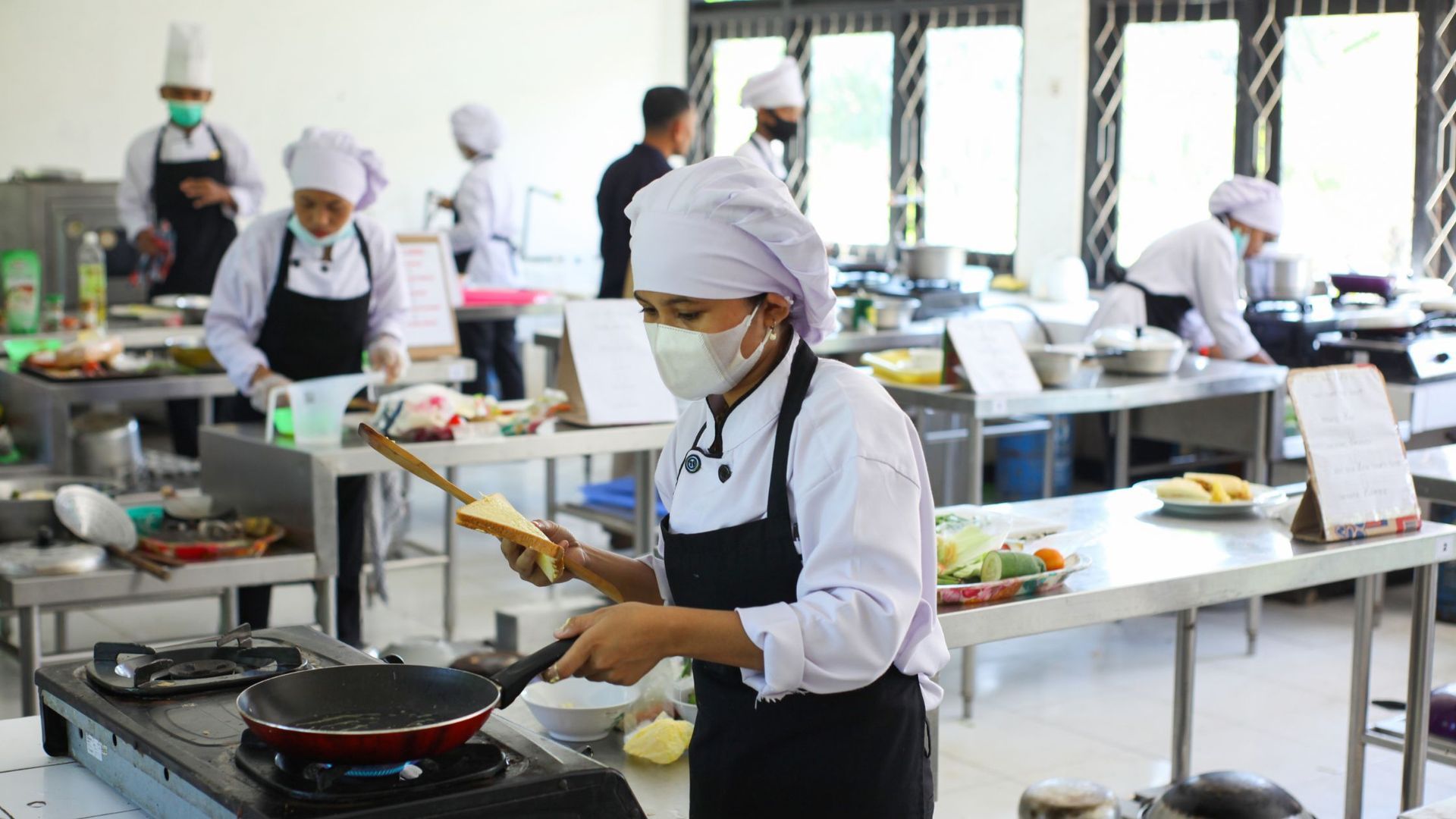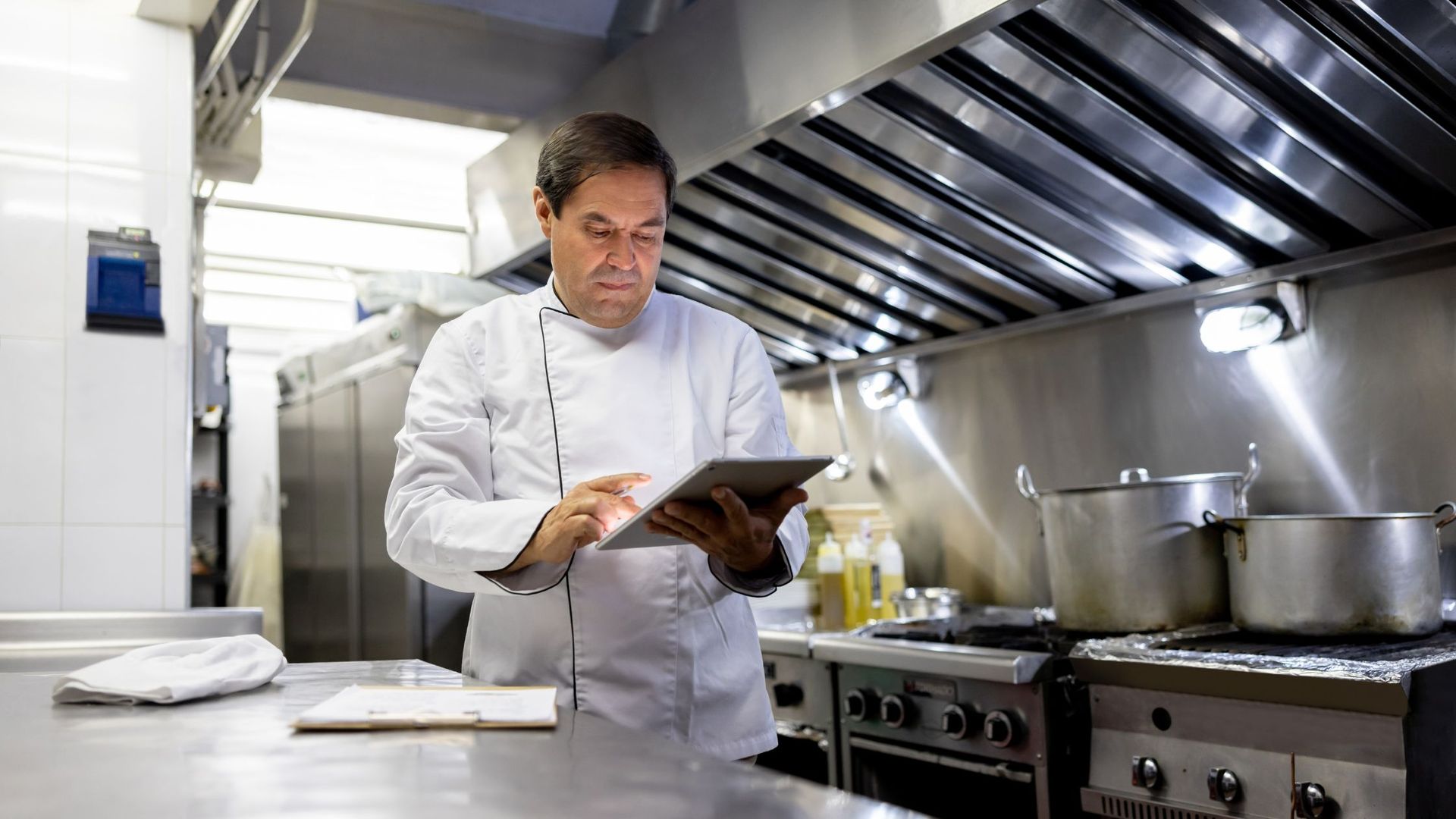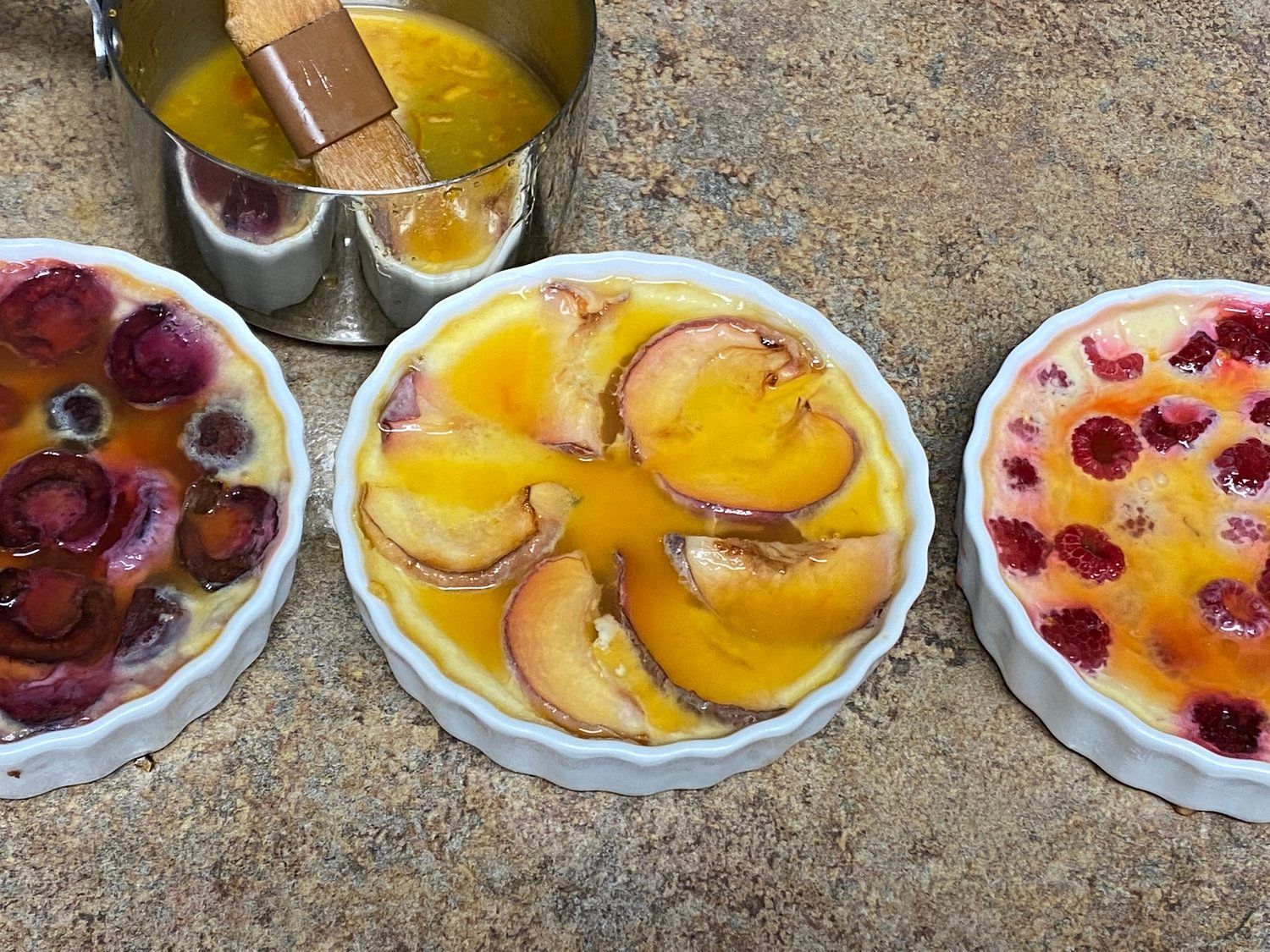
Cooking and baking with fresh, local fruit is simply amazing! I was inspired to bake three fruit clafoutis using a recipe I learned from acclaimed Pastry Chef, Dieter Schorner. I was a young poissonnier at Le Cirque restaurant in NYC many years ago-Chef Schorner was the Pastry Chef.
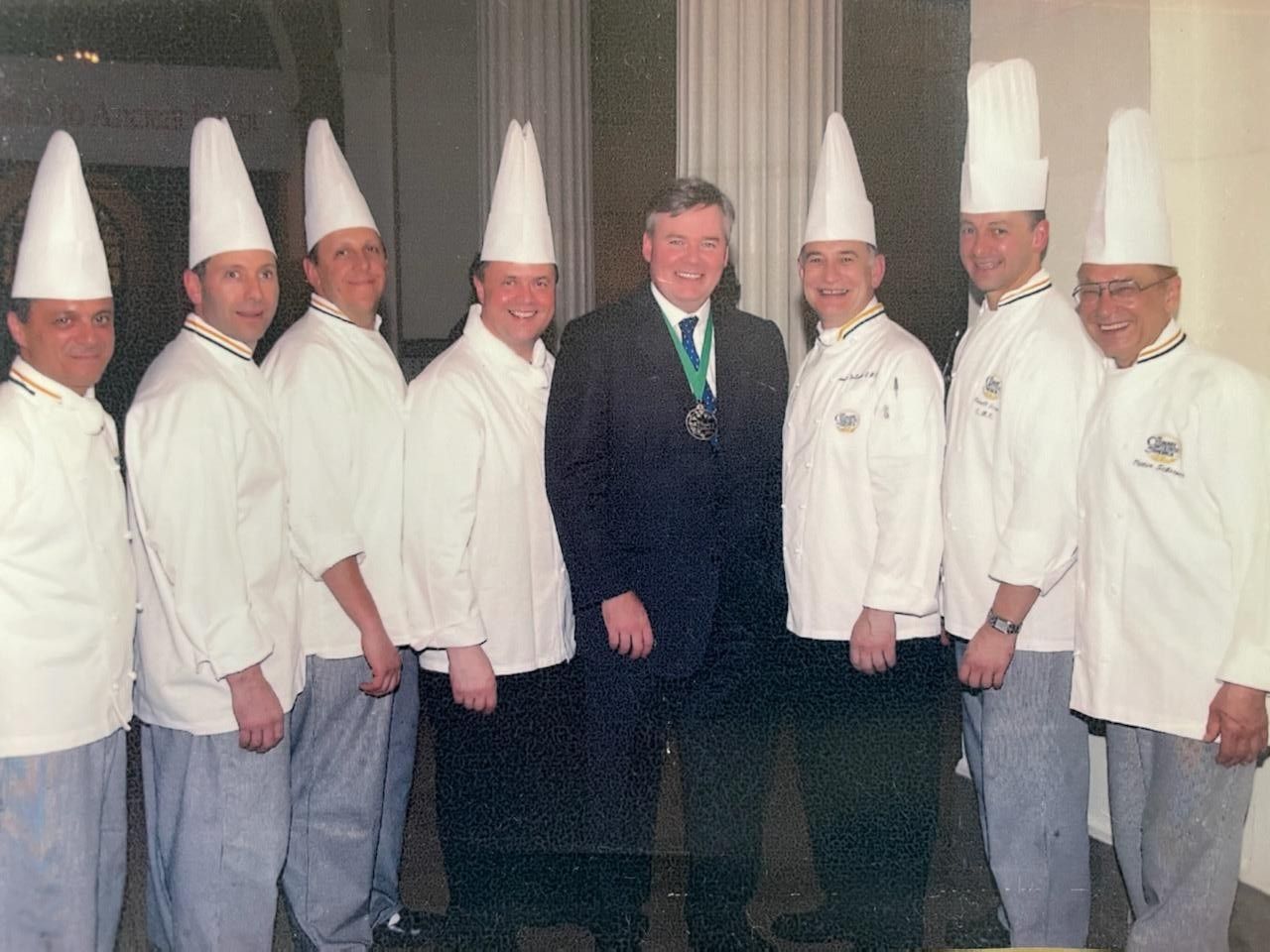
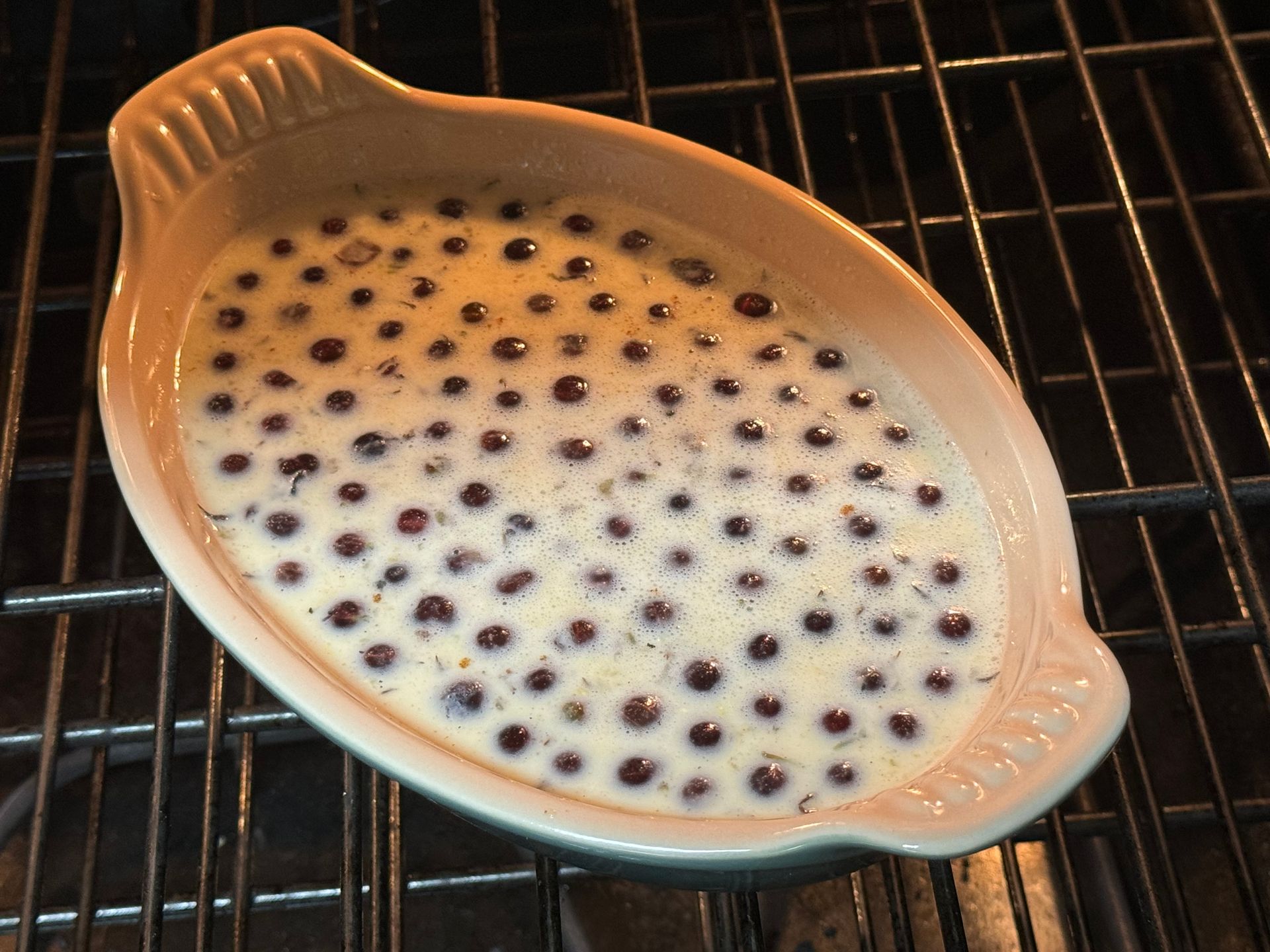
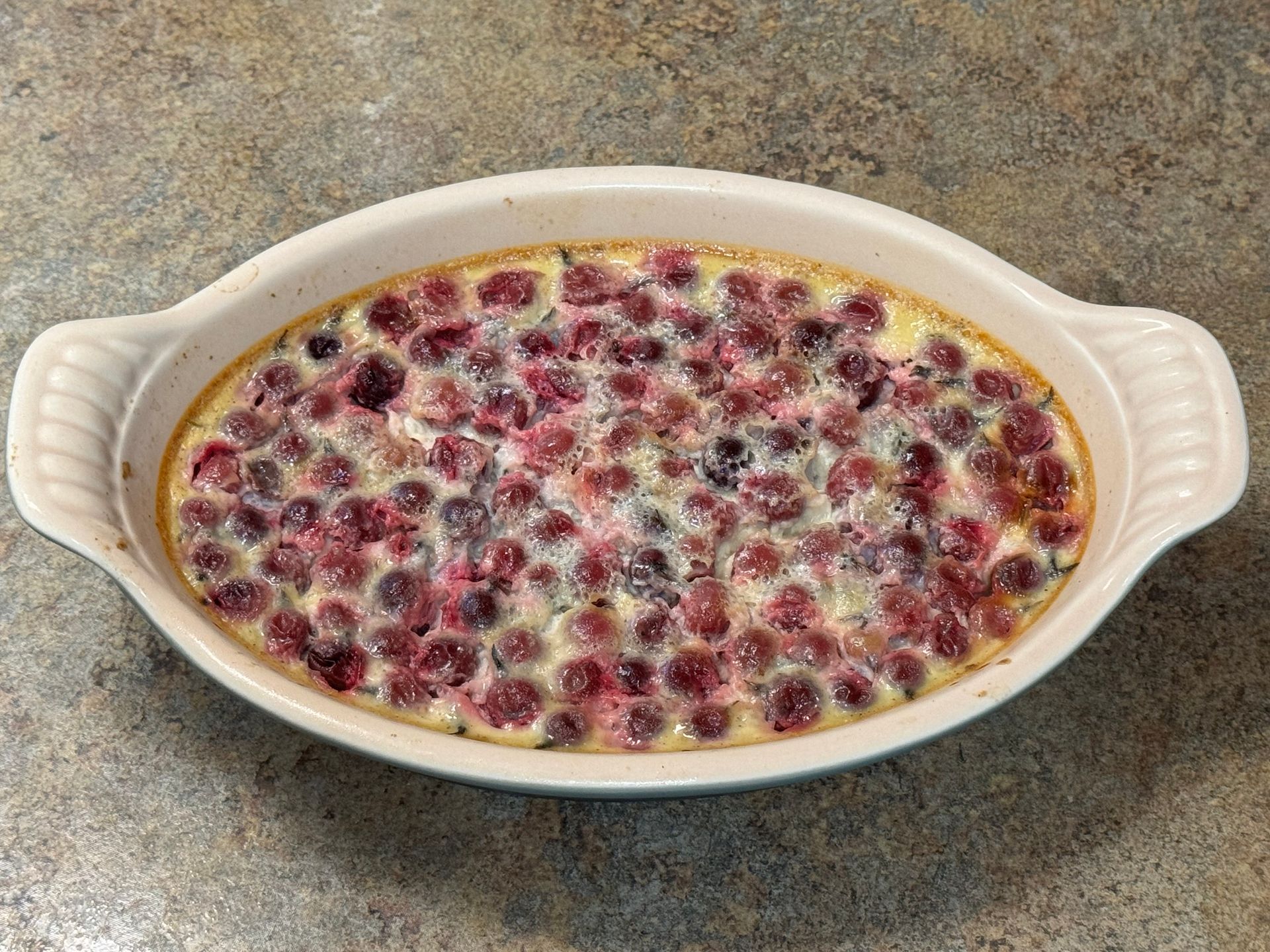
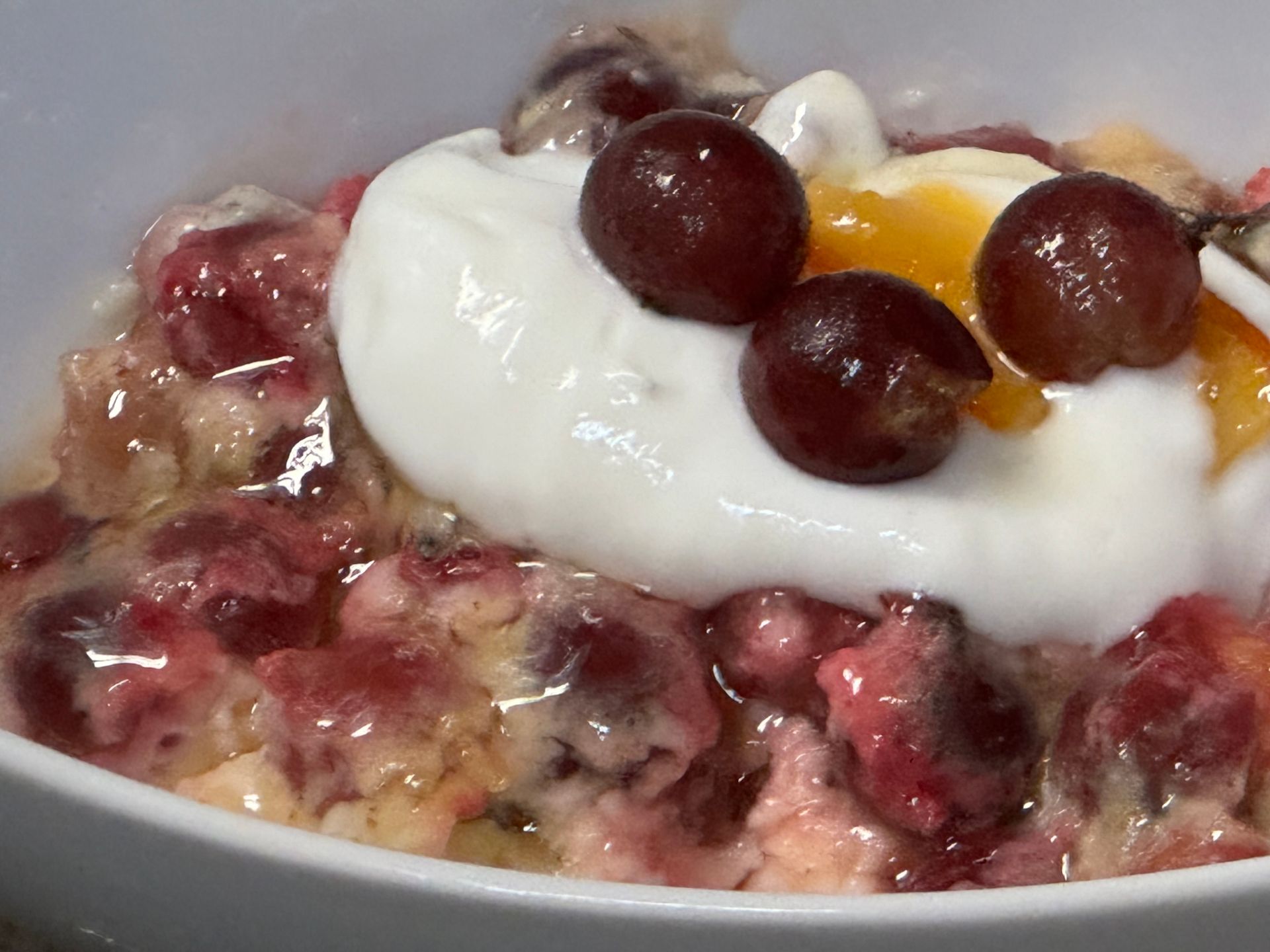
Clafoutis
Chef Schorner was at the top of his career & extremely busy at Le Cirque yet always found time to teach and mentor me. After I finished my shift, I sometimes stayed to help Chef and his assistant Francisco (I'm sure I was in their way and not too helpful at all!) It was a great learning environment.
I prepare fruit clafoutis without a pie crust in the summer; it’s lighter. But I prefer clafoutis with a delicious crust & use a cookie dough recipe for Autumn & Winter baking.
When I use denser fruit such as apples or pears, I poach them first so they cook in the same time it takes for the custard to set.
I was very blessed to work with Chef Schorner as an instructor at the CIA late in our careers. This is a photo of our CIA team in Chicago preparing a Master Chef dinner during the National Restaurant Show. Amazing Chefs! We were roomates on this event & it was great to get to spend time together.
Note-Chef Schorner dropped small, pieces of apricot glaze in with the fruit before pouring the custard over it.
Prep Time: 40 min
Cooking Time: 30 min
Yield: 6 portions
Ingredients
4 Tbsp Sugar
4 Tbsp AP Flour, sifted
3 ea Eggs, cracked and whisked (no shells)
1 tsp VanillaI love vanilla!
3 Cups Milk
2 Cups. Fruit (I like blueberries!)
if you use peaches, apples, pears etc... slice very thinly or lightly poach so the fruit is cooked in the same time the clafouti custard cooks.
1/2 Cup. Apricot jam, heated (optional)
How to Prepare the Clafoutis
Step 1
Place the sugar and flour into a bowl, add the eggs slowly whisking the eggs into the dry ingredients; this minimizes lumps. If the batter is not smooth, strain through a sieve. Add the vanilla and milk slowly whisking to create a smooth batter.
Step 2
Place the fruit into the tart pan (with or without crust) and pour the batter over the berries.
Step 3
Place the tart pan onto a sheet pan and place into a preheated oven to bake at 300°F until the custard is set. (about 35 minutes). You can give the clafouti a slight jiggle to see if the batter has set.
You can enjoy warm but I prefer to let the clafouti cool and paint a light coating of melted apricot jam over the top for a beautiful shine.

